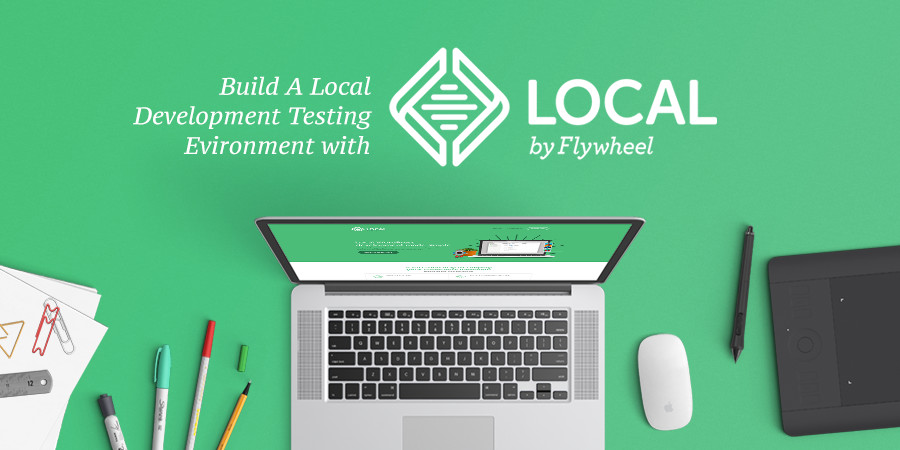

Local by Flywheel is a tool that simplifies the creation, administration and management of local WordPress installations. Was I the only one who was having problems with Vagrant and VVV? No way! That’s when I discovered Local by Flywheel. It couldn’t be that after so many years of evolution in the WordPress development we were still having these problems. Maybe it was me being a jinx, but Vagrant was a torture. If you use Vagrant and VVV and this has never happened to you, seriously, go to your nearest lottery office and buy a ticket now. A real pain in the ass because you could end up wasting your whole day at work fighting Vagrant. If setting up Vagrant with VVV for WordPress was already a bit esoteric at times, when it stopped working, almost always the solution that worked was to reinstall it all over again. Then the next day comes, you’re going to turn on the virtual machine and… oh, boy! There’s no way it’s going to work. Then you turn off the virtual machine and go home. You just completed your tasks working on your local WordPress installation and everything was fine. I’m sure that if you’ve ever used (or are using) Vagrant in conjunction with VVV for WordPress, you’ve had configuration problems that make no sense at all. A great success and progress, but still, far from being a solution for all audiences. Thus, changes to the system should not affect your local environment. Now if you wanted to have a local WordPress installation, you could have it on a virtual machine within your operating system, completely isolated. I’m sure this inspired the creators of Local.
#WORDPRESS LOCAL BY FLYWHEEL INSTALL#
With Vagrant and VVV you could install a Dashboard and view and manage your local WordPress installations. Thanks to this, and the emergence of configurators such as Vagrant and VVV, which add a layer above the Virtual Box to “ease” the management and configuration of virtual machines (focused on WordPress in the case of VVV), everything seemed to be easier and more straightforward.

Virtual machines allow you to have a “virtual” computer inside your own computer. F**k! ?Īfter several years of working this way, the explosion of virtual machines arrived, led by Virtual Box. Also, if you upgraded your operating system to a newer version, you might have to do something because you had broken some of your settings.

#WORDPRESS LOCAL BY FLYWHEEL ZIP FILE#
Then you had to download the latest version of the content management system, unzip the zip file in the server folder, and start the process: create a new database, edit the wp-config.php file, follow the steps of the installer, etc.Įssentially, having a local WordPress installation up and running wasn’t difficult if you had the minimum knowledge, but it was a hassle to do it that way. If you followed the steps and were lucky, everything went well and you ended up with an infrastructure on your computer where you could install WordPress.

If you didn’t want to install and configure Apache, MySQL, and PHP step by step, another option is MAMP. It used to be a good idea to have a step-by-step tutorial at hand when installing and configuring each of the three previous components ( Neil Gee’s guides were always my best choice). I started a few years ago by setting the typical PHP and MySQL installation with Apache directly on my old black Macbook. Here I’ll tell you a little about my experience on this. Nowadays there are many options for setting up a WordPress development environment locally. And the most important thing is that creating a new WordPress installation and starting to work on it has to be a really simple process so you don’t waste your time (and therefore your money) in setting up this type of infrastructure. Whether you’re designing and developing WordPress themes or plugins or just creating webs for customers, you’ll need to have multiple WordPress installations to work with on a daily basis.


 0 kommentar(er)
0 kommentar(er)
